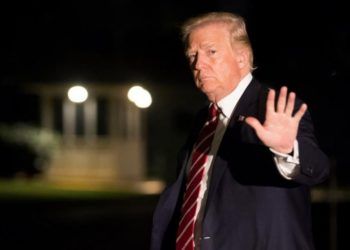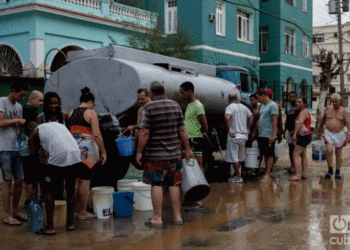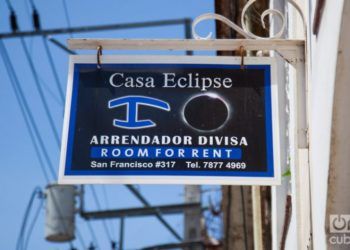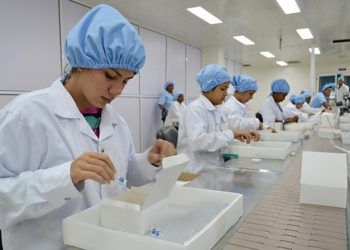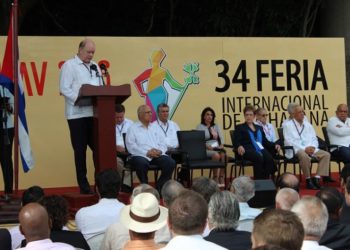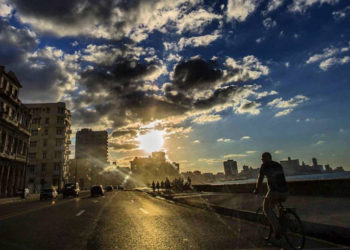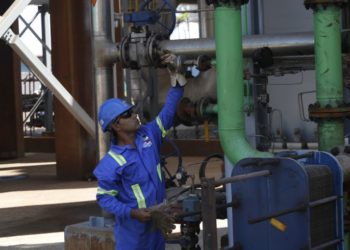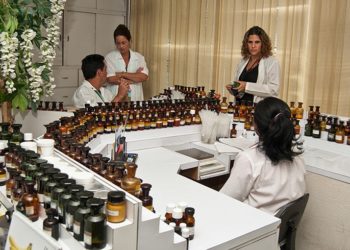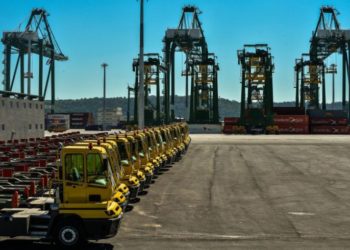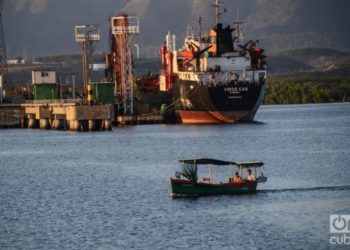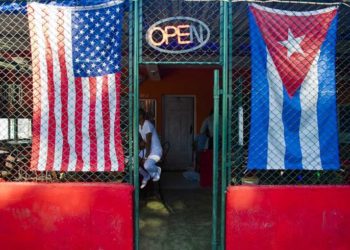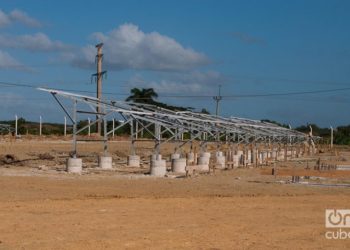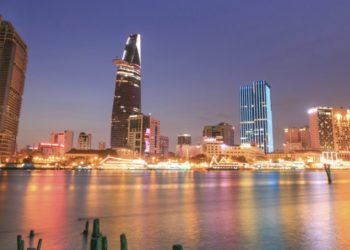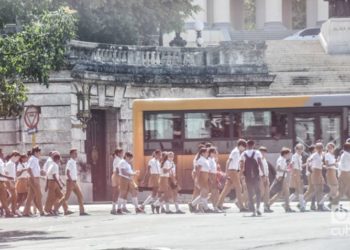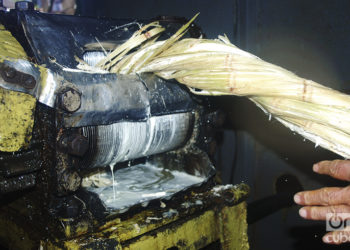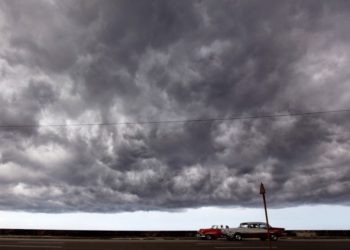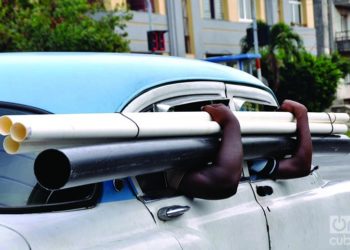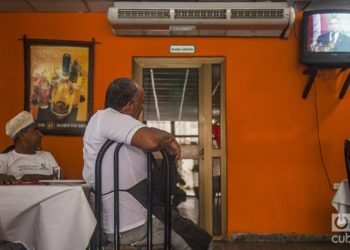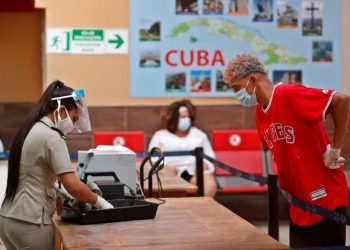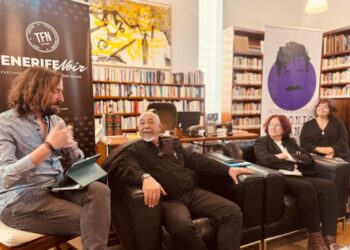What is the price of the uncertainty?
The image of Donald Trump throwing rolls of toilet paper to Puerto Rico’s population and the news that the Department of State will appropriate (much more than wrongly) the moneys of many Cubans who paid for their right to an interview to try to get a U.S. visa, made me change the theme of my column of this week, which was practically written. It was my friend Goyo who definitively drove me to do so with an apparently naïve question: “Hey, prof, what’s that about the essence, because I believe there are people who seem to only live in that place?” While after December 17, 2014 the debate in Cuba about relations between our country and the United States became more open and undoubtedly more acute and diverse, after Obama’s visit to Cuba that debate took on colors and tones that were frequently very harsh. For a part of those who participated in that debate Obama had barely introduced some small variation that in no way changed the “last essence” of the already historic and well-known U.S. policy toward Cuba. Others perceived it as the possibility of starting a sort of honeymoon with that large neighbor. Among both positions...


